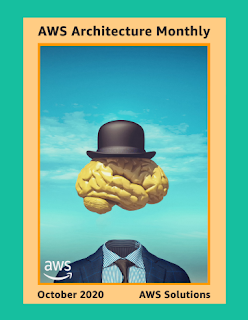One of the key question for cloud computing - what is the right size of cloud server type for my business?
We can do any kind of reservation; but what is the right/efficient way to do?
Cloud server reservation should be with the right balance of cost, server usage, billing type, performance, etc. To make it simple, I'm going to explain with hotel booking use case.
Amazon Cloud AWS has 4 major types of server reservation. They are
- On demand
- Reserved
- Spot
- Dedicated
On demand
- if we want to come and stay in any hotel with full price, it fits here. User doesn't bother about the deal for the booking.
- In AWS cloud, it fits for short-term uninterrupted critical work.
Reserved
- it refers to the well planned stay for a long time. Here, user analyses lot of discount options to book in advance
- Technically, it fits for any enterprise with long term cloud usage.
Spot
- it is about the bidding for the room in last minute, can kick out the booking at any time with the competitive booking price
- In AWS, it fits for the tasks bound to resilence of failure
Dedicated
- booking the entire hotel. Assume the user wants to accommodate the entire family/friends circle for the wedding ceremony; ultimately books the entire hotel without allowing others to join on those days
- In AWS tech space, it fits to share the enterprise licenses like BYOL (Bring Your Own License) along with infra privacy act.
Each option has a purpose and associated cost. Of course, Dedicated mode is expensive; but family/friends privacy is guaranteed. In the same way, AWS Dedicated model is physically dedicated to one user account with full control till network.
Tech Ref: https://www.virtana.com/blog/demystifying-terminology-aws-instances/
Merry Christmas and Happy New Year 2021 !






























